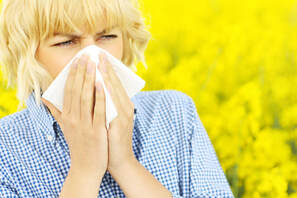 by Dr. Jessica Corbeille Harris, ND It’s that time of year again – cherry blossom trees are beautifying our world, but oh boy – these pollens are making my eyes water so much I can’t even see the cherry blossom trees! What are your home remedies for allergies? Do you have to resort to the over-the-counter decongestants? Did you know there are several very effective natural alternatives? Check out my list below of my 3 favorite natural allergy remedies. And if you’re still plugged up even after trying these, you may consider discussing your case with me to see if you’re a candidate for neural therapy for your sinuses!
Here are a few of my favorite products that you can find on my online dispensary (https://wellevate.me/jessica-corbeille/#/). Just type in the names as I have them below to find online. Remember you receive free shipping on orders over $49!!
As a reminder, always discuss your current medications and problem list with your physician before starting new products – natural or not. Even natural products interact with medications. In health, Dr. Corbeille
1 Comment
by Dr. Jessica Corbeille Harris, ND 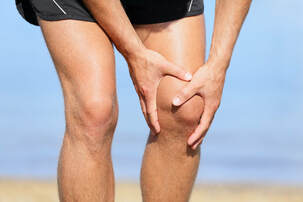 What is prolotherapy? Prolotherapy is a type of regenerative joint therapy. By this, I mean that it is a therapy that helps your connective tissues to heal and regenerate thus supporting your joints better. There are a variety of prolotherapy types and all different cocktails of combinations of nutrients that are injected and called, “prolotherapy.” In the case of sore joints and sometimes even sore muscles, often it is the connective tissues – the tendons and ligaments – that are the true root cause of the pain…NOT the “tight” muscles! The connective tissue is not highly vascular, so it does not get good blood supply or delivery of nutrients. Thus, it is easily injured, strained, torn, or degenerated. When the connective tissue is injured, it cannot do its job – so other tissues are recruited to do the work – the muscles and fascia. The muscles and fascia then become tight and are overworked as they work to keep the joints supported and the body moving properly. Overtime, we experience this instability as muscle soreness and pain. With prolotherapies, we are aiming to treat these injured, strained, torn, and/or degenerated tissues and joints with nutrients (like dextrose) and sometimes stronger things like growth factors (in the case of PRP/platelet rich plasma) or even stem cells. Once the connective tissues heal, it takes the workload down for the muscles, so the muscles can go back to just doing their normal job of getting the body to move – not also stabilizing and keeping the body together too. Why does prolotherapy help knee pain? If you’ve injured your knee, chances are you’ve sprained, torn, or otherwise caused extra strain on some of the connective tissues. This causes the muscles around the knee to tighten, as discussed above, to keep your femur (thigh bone) and tibia and fibula (shin bones) together. The muscles get sore and eventually we experience pain. If we can treat the injured connective tissue by testing for and treating the connective tissues (i.e. ACL, MCL, meniscus, etc.), then the muscles can relax and go back to doing their normal job. Does Prolotherapy help other joints too? Absolutely. If there’s a soft tissue injury, prolotherapy can help! Am I a good candidate? People that tend to do the best with prolotherapy are those that generally take good care of their bodies in the first place. Generally speaking, this includes people who participate in moderate exercise 3 or more days per week and eat a whole-foods based diet low in inflammatory foods (like sugar, alcohol, and preservatives) and high in vegetables and fruit. The best way to know if you have connective tissue injury and if you would benefit from prolotherapy is to have an initial consultation with your prolotherapy doctor. What does the treatment look like – is it a “one-shot-wonder”? Dr. Corbeille can determine on the first visit if you are a candidate and if you likely have connective tissue injury. You are welcome to bring imaging results if you have them, though they are not always necessary. Typical treatment plans will be for 3-6 treatments usually at 4-6 weeks apart. Sometimes Dr. Corbeille will recommend PRP or other nutrient additives, depending on your particular condition and overall health. You can expect improvement gradually as you complete the treatments such as improved range of motion, improved function, and hopefully less pain. Dr. Corbeille will always re-evaluate at the end of the treatment plan to determine the next steps for you. _____ Stay tuned for a future post regarding which supplements to start taking now to improve your joint and connective tissue health! Hormonal imbalance can occur in women between puberty and 75 years of age. Hormonal imbalance in men can start as young as 30 depending upon lifestyle, health and career. Everyone experiences a different combination of symptoms related to hormonal imbalance. We are all uniquely wired as individuals and thus no 2 people will experience the same constitution of symptoms. These are the top 7symptoms of hormonal imbalance I see daily in my office: 1. New or Worsening Anxiety and/or DepressionNew or Worsening Anxiety and/or Depression Antidepressants and anxiety medications are a very common prescription medication in the United States. The 2 biggest populations of people in America prescribed these medications: teenagers and women ages 40-60. What do these 2 populations have in common? They are both going through hormonal transitions in life. Unfortunately we have separated mental/psychological health and physical health in our country. This is a big mistake as many conditions, like anxiety or depression, which are actually caused by a physical imbalance. Low Testosterone in men and women can cause anxiety and depression. Imbalances in estrogen and progesterone in women can do the same. The root cause is not a deficiency in Prozac. It is an imbalance in hormones. 2. FatigueFatigue It’s true we are overworked and overstressed as a society, but there are so many aspects to a good energy level. Under-functioning thyroid and low sex hormone levels in both men and women are the most common cause for fatigue in my practice today. 3. Low Libido & Sex DriveLow Libido & Sex Drive I hear daily how much peoples sex drives have changed. I also hear excuses for low libido like, “Oh I’m just too busy to care” or “I’m too old to care about sex anymore”. Both of these are not real reasons for a low libido. Low Testosterone in men will cause a low sex drive. In women, both low progesterone and low testosterone can produce these same symptoms. 4. Inability to Lose Weight 4. Inability to Lose Weight It is true that we can’t always have the metabolism that we did at age 21, but good eating and exercise should be effective! So why isn’t it just as easy as “calories in, and calories out”? If you have an imbalance in your sex hormones, thyroid function, adrenals or a mixture of the 3, weight loss is an uphill battle. If you get these components balanced, it will make reaching and maintaining a healthy weight a much easier feat. 5. Joint & Muscle Pain Joint & Muscle Pain I hear all too often from patients that they wake up with generalized joint stiffness and pain on a regular basis. The follow up comment to this from patients is “I’m just getting old”. A large amount of joint stiffness and pain is actually caused by low testosterone and/or low estrogen. Cells lining joint spaces have both receptors for estrogen and testosterone. When these receptors bind either of these hormones, they produce fluid which lubricates the joint space. Thus when Testosterone and Estrogen levels fall, you start to feel like the Tin Man prior a good oiling. 6. InsomniaInsomnia Difficulty falling asleep and staying asleep is the second most common symptom I see outside of fatigue in my day to day practice. While there are numerous natural ways to treat insomnia, more often than not the root cause of sleep disturbances are imbalances in testosterone for men and progesterone and estrogen imbalance in women. Working to naturally correct these imbalances can easily regulate a healthy sleep cycle and circadian rhythm. 7. Brain Fog Brain Fog Brain fog, trouble concentrating, foggy brain: whatever you want to call it, this symptom is far too common. I hear it everyday. Sure things like lack of sleep, eating an unhealthy diet and lack of exercise can contribute to foggy thinking, but sex hormones in both men and women as well as thyroid function play a huge role in mental clarity. One of the first symptoms I see improve in patients when balancing their hormones is brain fog! These above symptoms can be accompanied by many others. See the (Bioidentical Hormone Replacement Therapy page) to see a more extensive list of possible symptoms. Balancing hormones is unique to each person. We often use a combination of diet, exercise therapy, herbs, vitamins, minerals and sometimes plant based hormones to achieve this balance. Call Elevated Natural Health today to schedule your free 15 minute consult with specialist Dr. McKenzie J. Timmer to discuss hormone balance for you!
|
AuthorThe Doctors at ENH post to this page regularly with new health information, home remedies, and other interesting tidbits. Archives
May 2024
Categories
All
|
DISCLAIMER: THIS WEBSITE DOES NOT OFFER MEDICAL ADVICE. THE CONTENT OF THIS ELEVATED NATURAL HEALTH WEBSITE AND ANY LINKS INCLUDED ARE INTENDED ONLY FOR EDUCATIONAL AND INFORMATIONAL PURPOSES OR TO DESCRIBE THE CLINICS PRODUCTS AND SERVICES. THIS WEBSITE AND ITS CONTENT ARE NOT INTENDED TO PROVIDE PROFESSIONAL MEDICAL ADVICE, DIAGNOSE THE HEALTH CONDITION OF ANY INDIVIDUAL OR SUBSTITUTE FOR PROFESSIONAL GUIDANCE IN THE ADMINISTRATION OF ANY TREATMENT. YOU SHOULD ALWAYS SEEK THE ADVICE OF A LICENSED PHYSICIAN OR OTHER QUALIFIED HEALTHCARE PRACTITIONER REGARDING ANY PERSONAL CONCERNS AS TO SYMPTOMS, MEDICAL CONDITIONS, OR THE USE OF ANY PRODUCTS. SUCH COUNSEL SHOULD NOT BE DISREGARDED OR DELAYED BASED UPON ANY INFORMATION CONTAINED WITHIN THIS WEBSITE. DR. JESSICA CORBEILLE-HARRIS, ND AND DR. MCKENZIE J TIMMER, ND EACH HAVE A DOCTORATE IN NATUROPATHIC MEDICINE AND ARE LICENSED NATUROPATHIC PHYSICIANS IN THE STATE OF WASHINGTON. ANY REFERENCE TO THE PRACTICE OF NATUROPATHIC MEDICINE DOES NOT APPLY IN STATES WHERE NATUROPATHIC MEDICINE IS NOT LICENSED.
Proudly powered by Weebly


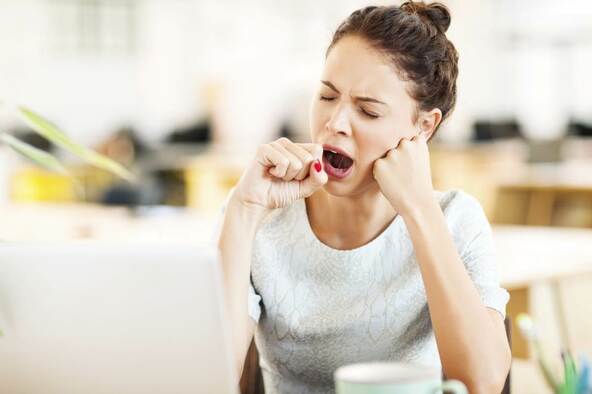
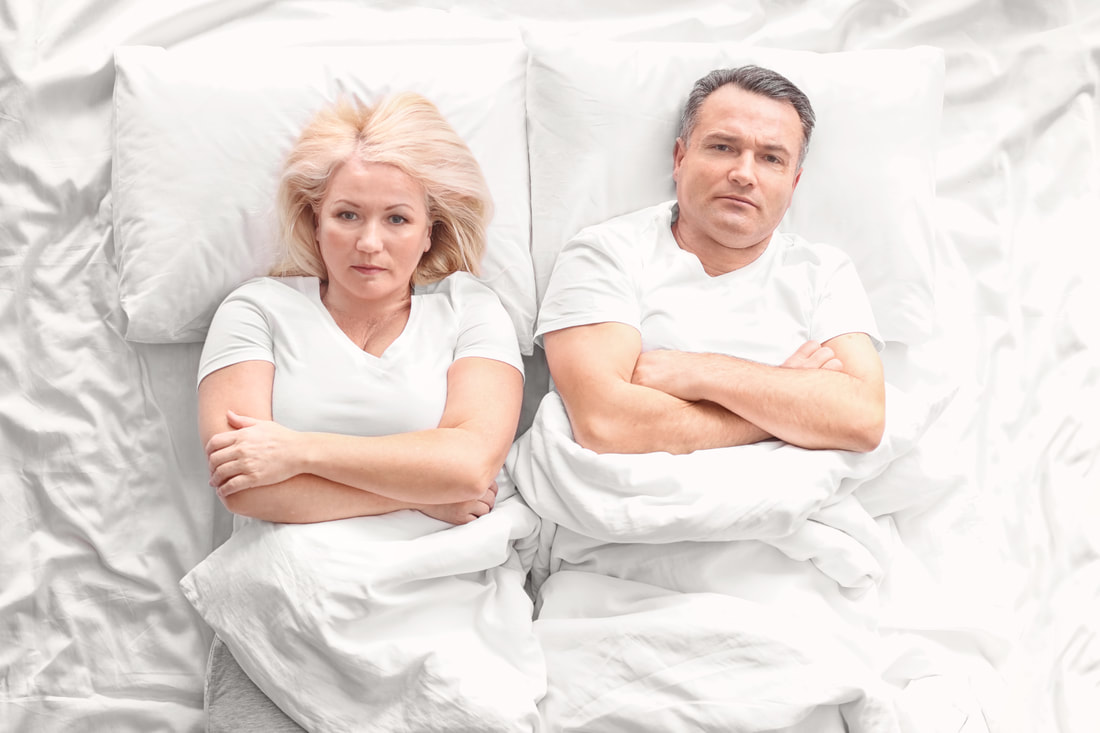
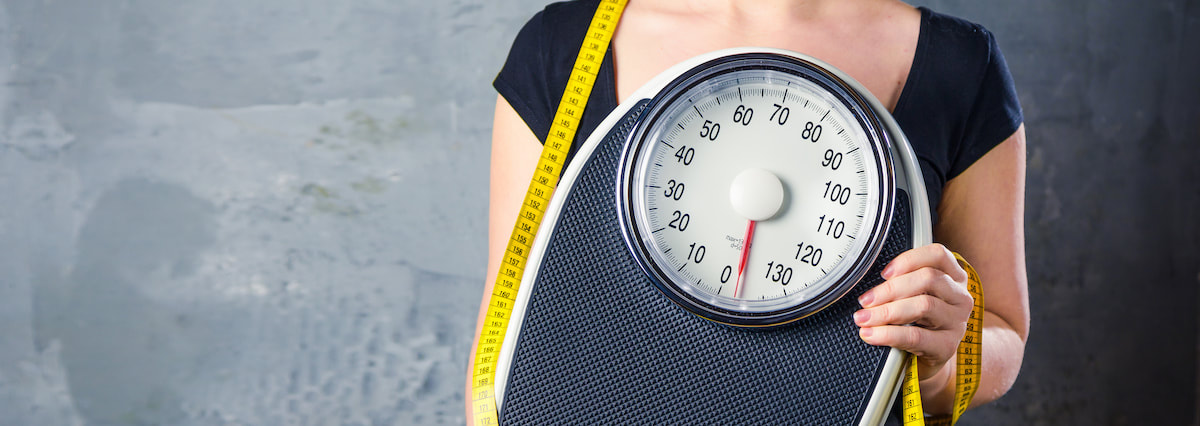
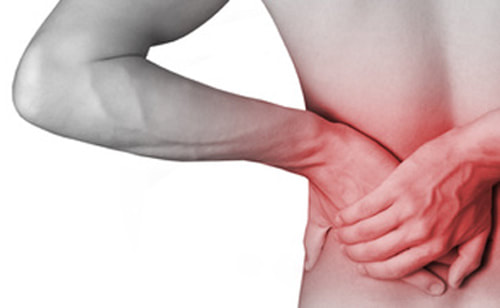
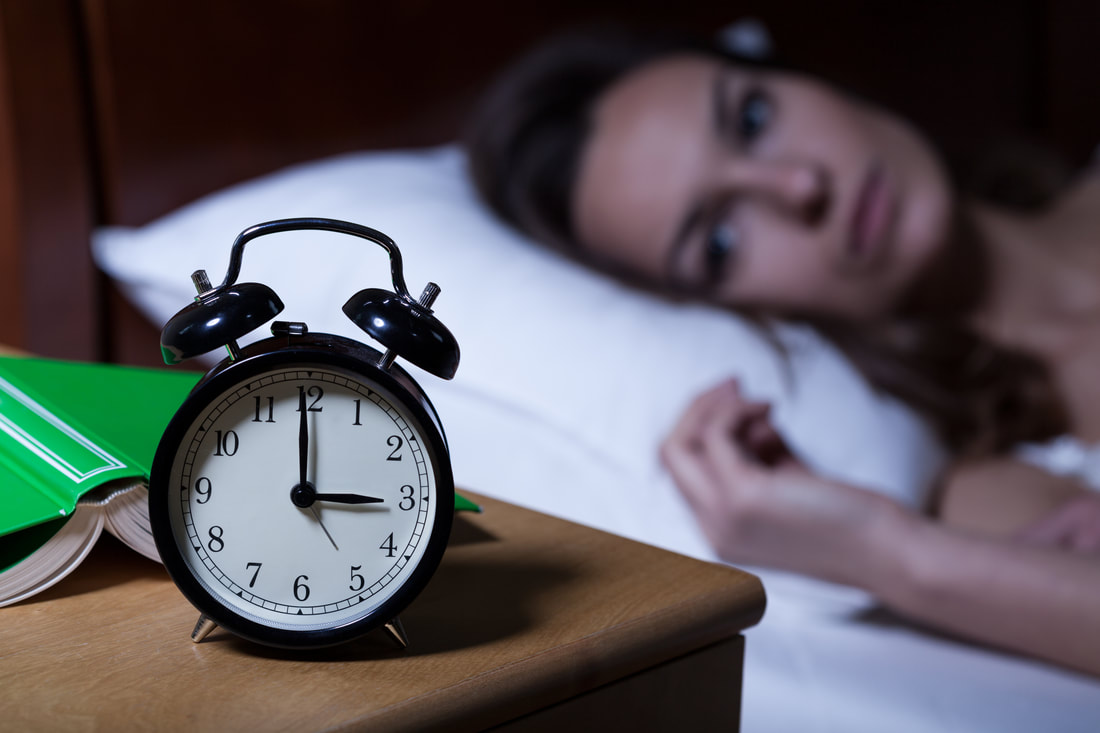



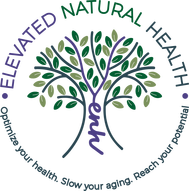
 RSS Feed
RSS Feed